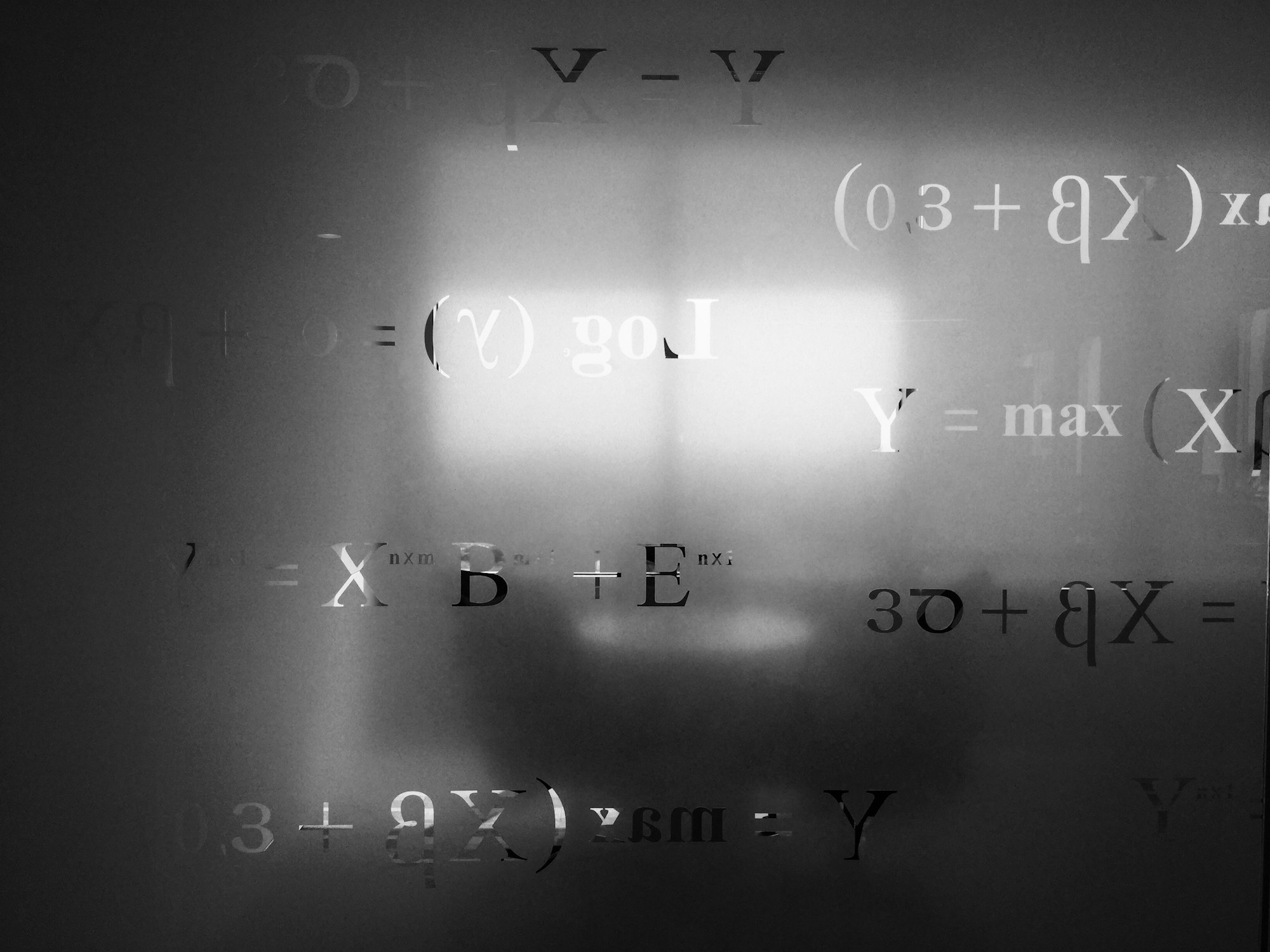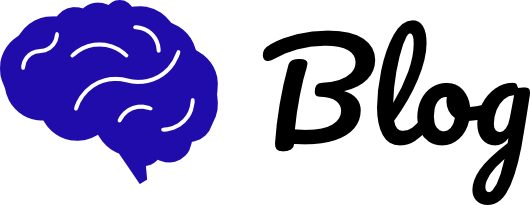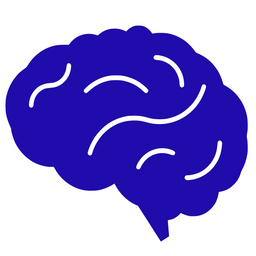Maths is one of the core subjects in the IB program, meaning every student has to take a maths class one way or another. The IB offers two distinct maths courses, Analysis and Approaches (AA) and Applications and Interpretations (AI), each designed to provide students with different skills to align with their future studies. The IB offers both Maths AA and AI at both standard level (SL) and higher level (HL). If you are a full diploma candidate, one of these courses is compulsory to take during your IB life. It can be tricky however to decipher which one is the best for you and at what level.
For that reason, we’ll be going through the differences between the maths courses and how to maximise your marks for both.
- What is the Difference between AA and AI?
- Which Math should You choose?
- Should you do Standard level or Higher level?
- How to Ace the Internal Assessments?
- Final Study Tips for IB Maths
- FAQs
What is the Difference between AA and AI?
| Analysis and Approaches | Applications and Interpretation |
| Learning more about mathematical theory and conceptual work, the why of maths | Real-life application of mathematical concepts |
| It holds a strong emphasis on the construction, communication and justification of mathematical arguments and proofs. | It has a larger emphasis on applicable and modelling maths while still including more traditional components. |
| Students are expected to rigorously learn important mathematical concepts and solve abstract problems. | Students are encouraged to solve real-world problems and interpret them utilizing mathematical tools. It will help to develop strong graphing and technological skills. |
| Focus on topics like Calculus, Numbers and Algebra, Geometry and Trigonometry | Focus on topics like Statistics and Probability and Functions |
The table below shows how many hours each class spends on certain topics.
Which Math should You choose?
When choosing between the two it is important to look at what you want to do in university. In general, STEM fields such as engineering and computer science prefer AA while economics or management prefer AI. It is important to get clarity from both your university and your career counsellor before you make your choice.
If you are not looking to do anything with maths in the future, AI is generally seen as the easier class as it tends to be simpler for many students to digest. AA will challenge your mathematical thinking more and perhaps be a sterner test for some. However, it comes down to personal preference and previous history with maths as well.
Do the math that you are interested in, and you will have the motivation to study for it.

Should you do Standard level (SL) or Higher level (HL)?
When choosing between SL and HL versions of these courses, it is important to keep a few things in mind:
- See what your universities require is a big factor, as certain countries do accept SL for certain courses.
- Maths at the Higher level will most certainly challenge you and is known as one of the hardest courses in the whole of the IB. If you do not have to take it at a higher level, you will be much better served during your IB life.
- But that does not mean the standard-level courses are not challenging. Many students take SL thinking it will be a walk in the park, but it is not like that at all.
How to Ace the Internal Assessments?
The internal assessment (IA) challenges students to explore an area of mathematics with their own personal interest. It involves the use of formulae, graphs, diagrams, and tables to create a 12 to 20-page report. The important part is it accounts for 20% of your overall maths grade.
When looking at the overall maths course, you want to maximise the amount of marks you have prior to heading into your final exams. Here are a few tips on how to do well on your IA:
1. Real-Life Application
The hardest part of the IA is coming up with a good idea that you can explore in a detailed and mathematical way. Look for areas in your life that can be thought of Mathematically. That could range from sports to hobbies or even other classes, the limit is endless. The quicker you get your idea down, the more time you’ll have to work on the IA itself.

2. Dedicate time
This is not an assignment that can be done in one night. Mathematical writing is distinct from other classes and you will have to take time to carefully manage your writing and explanation.
3. Revisions
Don’t be scared to revise your IA two, three or four times. It is common practice. If you can get your writing done early, those few days can be used to look at the IA with fresh eyes and you’ll find many mistakes. If you need a second pair of eyes to look at your assignment, you can use KIS Academics' Essay Marking Service.
4. Get Feedback on your First Draft
Your teacher is only allowed to give you formal feedback once which is your first full draft. Try getting as much done as possible as after that, the feedback they give is limited and only verbal.
5. Ensure your IA Flows
An often disregarded part of the IA is how well it flows from one topic to another. Put an emphasis on making it readable and follow logical steps. Don’t jump from one idea to another randomly, give a reason as to why you went that way or what your logic was

Final Study Tips for IB Maths
1. Do not Skip Class Lectures
While this is generally recommended for all your classes, it is especially important in maths. The way your teacher will be able to explain things is much more digestible as compared to you learning it on your own.
2. Constant Upkeep
At the end of the day, math is a skill you will forget if you do not keep up with it. Try to do at least 15 minutes of problems every day to ensure you don’t forget older concepts or practice current problems that come up again

3. Use your Calculator Efficiently
Whether you are in AA or AI, your graphing calculator is your best friend. It is a big learning curve from a normal scientific one and something you will have to get used to. The faster you can get with the graphing calculator, the better it will serve you on a test and save you a few minutes if you are especially fast.
For AA, paper 1 does not permit a calculator while paper 2 and paper 3 (HL only) do. As such, you’ll also have to be comfortable doing non-calculator calculations at a good pace.
Luckily for AI students, calculators are allowed in all papers. They also ask slightly different styles of questions so prepare for all papers equally.
4. Manage your Time Well
Be sure to allocate sufficient time to all topics and not only the ones that feature more prominently. If you are really aiming for a 7, you cannot have a weak topic as the margins in maths are low.
5. Practice, practice, and Practice
Do not shy away from doing practice problems, that is the primary way you can do well in exams. Learning the theory is important but applying that and seeing unknown problems is what really tests your mettle. Do plenty of past papers and practice questions!

Conclusion
At the end of the day, maths is a subject everyone has been doing throughout their educational lives and that does not change in the IB. The choice between AA or AI and HL or SL depends on a variety of factors but primarily to do with future studies and your comfortability with the subject. Both are challenging in their own regards but can be easily managed if you keep some of the tips above in mind and make an effort to succeed.
FAQs
What is the Internal Assessment (IA)?
- IA is an individual exploration applying mathematics learned in the course to a topic of personal interest.
- For AA, deeper mathematical content (modeling, calculus, abstract proof) is often expected.
- For AI, a strong focus on modeling, statistics, or interpreting real data is typical.
- IA is worth 20% of your final mark for both AA and AI, at SL and HL.
Is IB Math AA or AI harder?
- AA is usually seen as more challenging if abstract math is not your strength, as it requires strong algebraic skills.
- AI can be challenging if you struggle with interpretation, practical applications, or statistics.
- Both are rigorous and valued by universities, so choose based on your strengths and future academic goals.
Written by KIS Academics Tutor for IB English, Maths, Physics, Chemistry and Biology, Muhammad Ammar. Muhammad is pursuing a degree in medicine and has received stellar reviews from his past KIS Academics students. You can view Muhammad’s profile here and request him as a tutor.
Want more personalized study guidance to help drastically improve your marks? A private tutor from KIS Academics can make the biggest difference!







